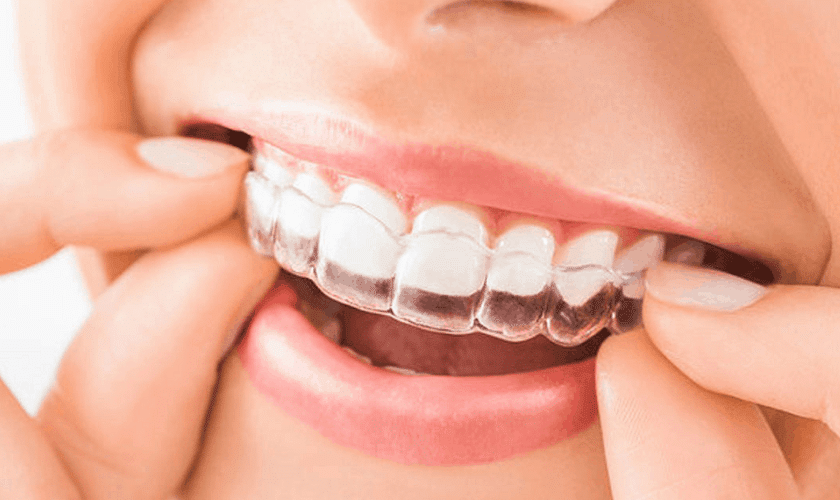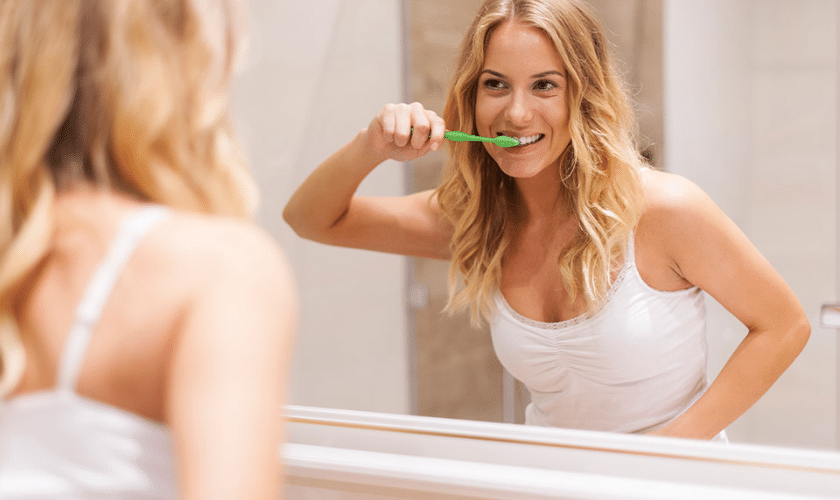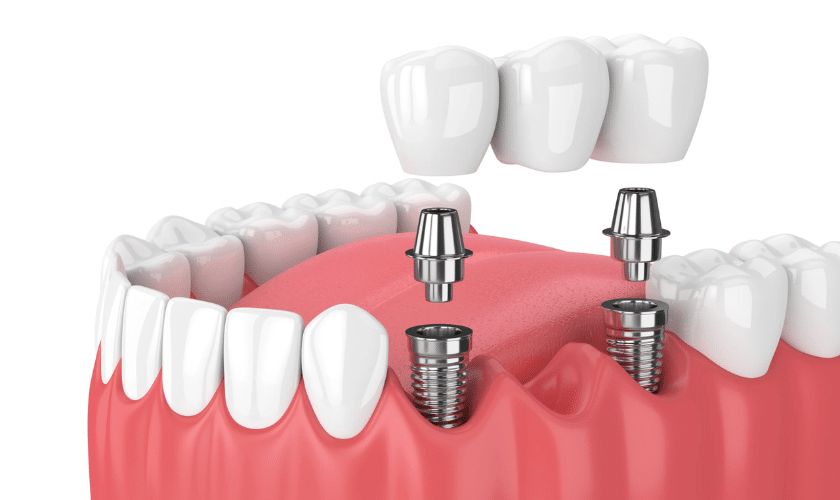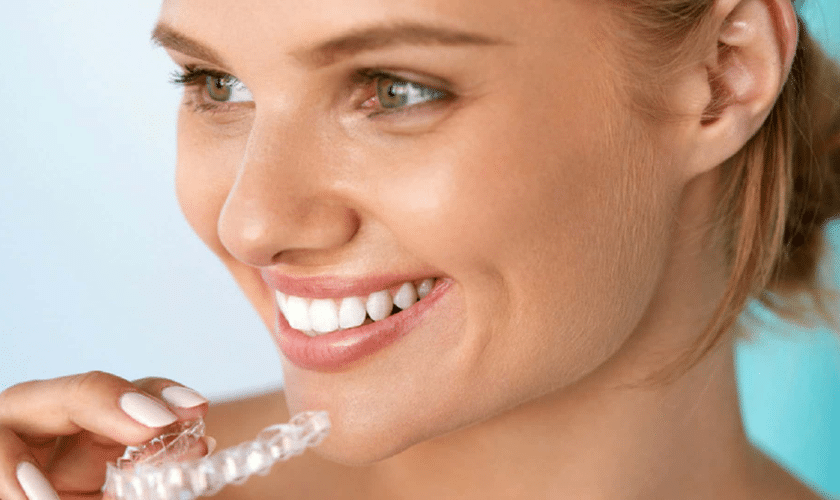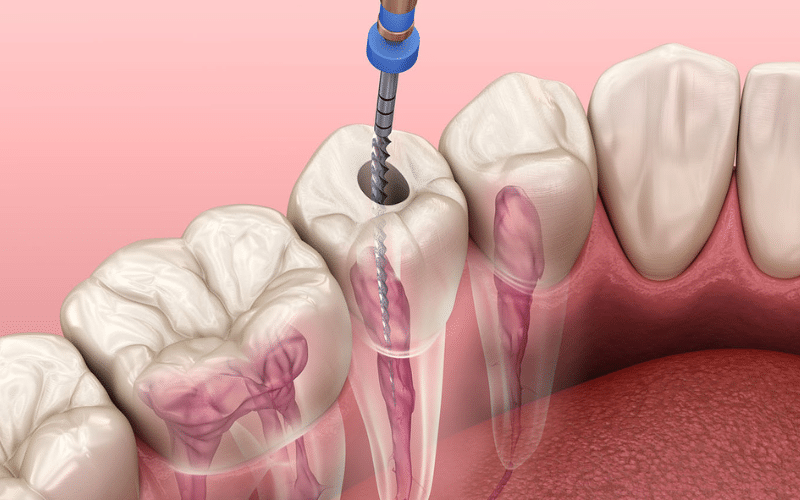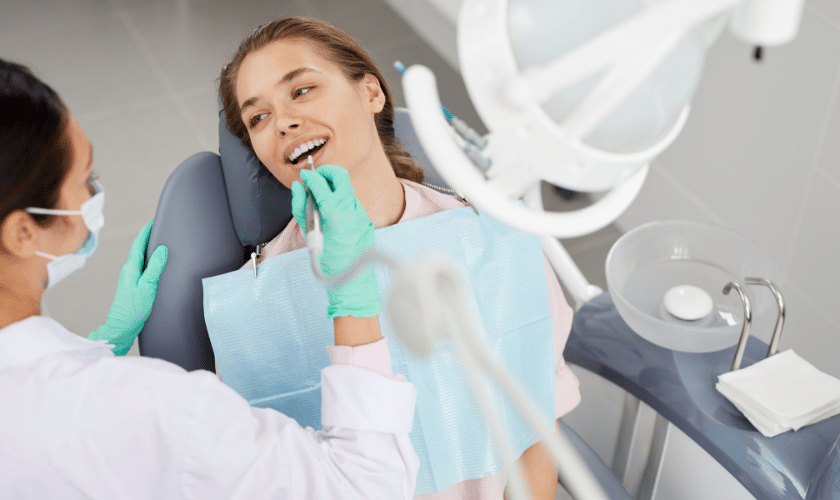
If you want to maintain your oral health and have a successful dental checkup, it’s essential to focus on prevention. Prevention is the cornerstone of maintaining good oral health and it starts with healthy habits and lifestyle choices every day. Fortunately, there are many things you can do to keep your teeth and gums healthy between dental visits. In this blog, we’ll discuss essential habits for a healthy lifestyle to maximize your prevention plan.
Good Oral Hygiene
The most important thing you can do to keep your teeth and gums healthy is to practice good oral hygiene on a daily basis. This includes brushing twice a day, flossing at least once a day, and using fluoride mouthwash. Brushing helps remove plaque, the sticky film of bacteria that builds up on your teeth, while flossing helps reach in between teeth to remove trapped food particles and bacteria. Fluoride helps remineralize your enamel and strengthen your teeth against cavities. Additionally, it’s important to replace your toothbrush every three months or whenever the bristles become frayed.
Brushing
Brush your teeth twice a day for two minutes each time with a soft-bristled toothbrush and fluoride toothpaste. Place your brush at a 45-degree angle to the gum line and use gentle circular motions. Brush all surfaces of your teeth, including the inside and outside surfaces as well as the chewing surfaces. Don’t forget to brush your tongue, which can help remove bacteria and freshen your breath.
Flossing
Floss at least once a day to remove plaque and food particles that remain between teeth. Wind the floss around the middle finger of both hands and gently slide it up and down between each tooth. Be sure to floss behind all teeth, including your back molars.
Mouthwash
Using fluoride mouthwash is an easy way to help remineralize enamel and strengthen your teeth against cavities. Swish a mouthful of mouthwash for 30-60 seconds after brushing and flossing to help remove any remaining plaque and bacteria.
Diet & Nutrition
Your diet can have a huge impact on your oral health. Eating sugary and starchy foods increases the risk of cavities, while acidic foods can wear away your enamel. Therefore, it’s important to choose healthy foods such as lean proteins, fresh fruits and vegetables, low-fat dairy products, and whole grains. Limit sugary snacks and drinks between meals and opt for water or sugar-free drinks instead.
Avoid Sugary Foods
Limiting your intake of sugary foods and drinks is essential for preventing cavities. When you do eat sugary snacks, brush your teeth soon afterward to help remove the sugar from your mouth.
Limit Acidic Foods
Acidic foods can wear away enamel and increase the risk of tooth decay. Limit your intake of acidic foods such as citrus fruits, tomatoes, and carbonated drinks. If you do eat or drink anything acidic, rinse your mouth with water afterward to help neutralize the acid.
Chew Sugar-free Gum
Chewing sugar-free gum after meals can help increase saliva production, which helps remove food particles and neutralize the acid. Sugar-free gum is especially beneficial if you’re unable to brush your teeth right away.
Regular Dental Checkups
Visiting the dentist regularly is essential for maintaining good oral health. Having a professional dental cleaning every six months can help remove plaque buildup and detect any issues early on. During your visit, the dentist will also be able to evaluate and monitor any existing conditions or treatments you may have in order to ensure they’re still effective.
Cleanings & Exams
During a dental cleaning and exam, the dentist will remove plaque and tartar buildup from your teeth, as well as check for any signs of decay or damage. The dentist may take x-rays to get a better look at the inside of your mouth, and can also provide preventive treatments such as dental sealants and fluoride treatments.
Treatments & Procedures
Depending on your individual needs, the dentist may provide additional treatments or procedures. This can include fillings for cavities, crowns for damaged teeth, root canal therapy for infected teeth, and more. The dentist may also recommend an at-home care plan to help keep your teeth and gums healthy between visits.
Prevention Plans
Your dentist may recommend a prevention plan to help you maintain good oral health. This may include methods such as brushing and flossing regularly, eating a healthy diet, avoiding sugary drinks and snacks, and visiting the dentist twice a year for checkups.
Conclusion:
Taking preventative measures is the key to maintaining optimal oral health. Following essential habits such as brushing and flossing regularly, eating a healthy diet, avoiding sugary foods and drinks, and visiting the dentist twice a year for checkups can help keep your teeth and gums healthy. Doing so can also help you avoid more serious dental issues such as cavities and gum disease in the future.
FAQs:
Q: How often should I brush my teeth?
A: The American Dental Association recommends brushing your teeth twice a day for two minutes each time, using a soft-bristled toothbrush and fluoride toothpaste.
Q: What is the best way to floss?
A: Wind 18 inches of dental floss around your middle fingers, leaving about an inch or two of floss between them. Using your thumbs and forefingers, gently guide the floss in a C-shape around each tooth before moving to the next.
Q: How often should I visit the dentist?
A: The American Dental Association recommends visiting the dentist for a routine checkup every six months. This allows your dentist to look for any signs of decay or damage, and also provides an opportunity to discuss any changes or concerns you may have about your oral health.

